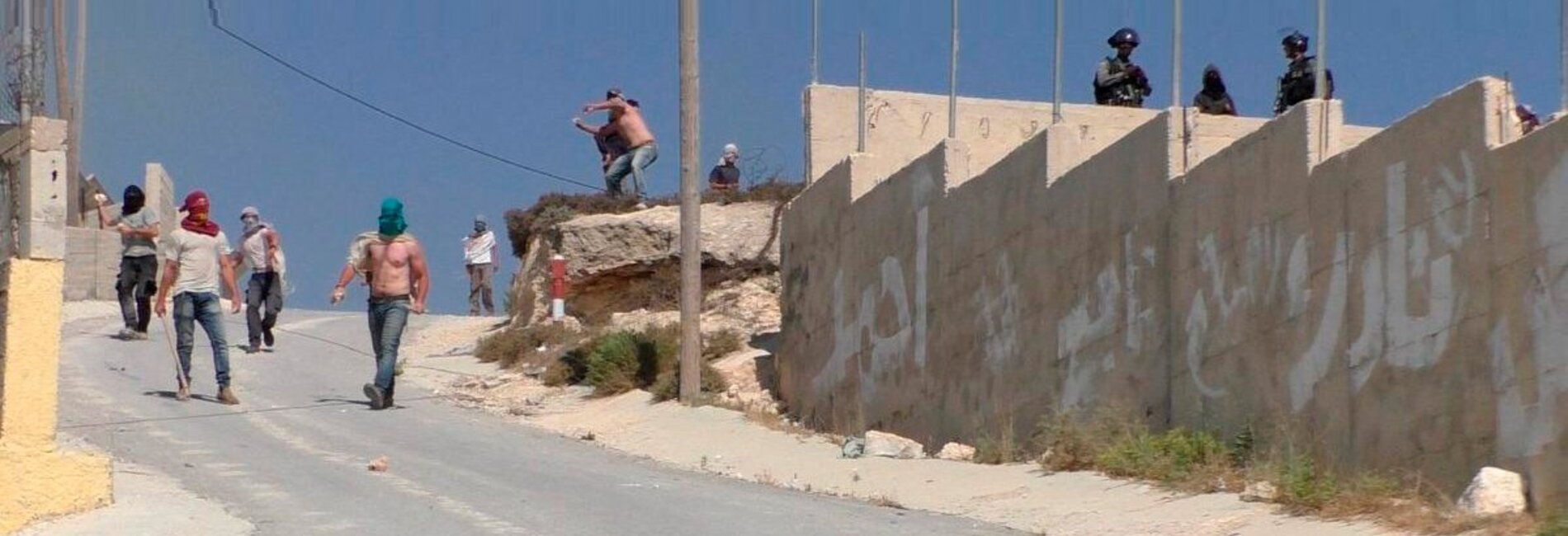Overview: October 2018
During the first week of November, residents of the Gaza Strip experienced some respite from the deteriorating humanitarian situation. First, the electricity supply increased up to 18 hours a day in some areas, from 4-5 hours in previous months, following the provision of additional fuel to operate the Gaza Power Plant. Second, around 27,000 civil servants, hired by Hamas after the 2007 takeover, were paid their August salaries, while 50,000 of the poorest families began receiving an US$ 100 allocation. These developments have been made possible due to funding provided by the Government of Qatar, and following Israel’s authorization of the entry of the fuel and cash into Gaza. In addition, while the ‘Great March of Return’ demonstrations along the perimeter fence continue, there has been a significant decline in clashes between demonstrators and Israeli forces and a resulting decrease in casualties.
The reprieve proved to be short-lived due to the resumption of hostilities between 11 and 13 November. Although the calm was restored, as of the time of writing, the previous week’s positive developments can do little to quickly resolve the longstanding, structural problems affecting Gaza, driven by years of blockade and internal divisions. These include high levels of unemployment and food insecurity, the overburdening of the health system, a shortage of clean water, and the isolation of nearly two million people from the external world.
As highlighted in one of this Bulletin’s articles, despite the recent decline in casualties during the ‘Great March of Return’ protests in recent months, by end October the number of Palestinians killed by Israeli forces reached 171 (during demonstrations only), including 33 children, with the number of injuries exceeding 24,000. The health system in Gaza has been struggling to cope with the massive influx of injuries, with elective surgeries postponed and trauma patients discharged early. As of 21 October, 86 people injured during demonstrations, including 15 children, have undergone limb amputations, and the number of people in need of long-term limb reconstruction may reach up to 1,200 by the end of the year. Only 22 per cent of the 335 patients injured during demonstrations who were referred for follow- up surgery in hospitals in the West Bank and Israel have been granted exit permits by the Israeli authorities.
Another article addresses the chronic state of emergency in Gaza’s water and sewage sector. According to a recent study by the RAND Corporation, unless immediately reversed, this situation may trigger a disease outbreak, or other public health crisis, which risks spreading to Israel and Egypt. This has only been averted due to mitigating humanitarian interventions, including projects to ensure minimum amounts of clean drinking water, preventing raw sewage from overflowing, allowing some treatment of wastewater, and widespread vaccination. However, as in other areas, WASH agencies’ interventions have been undermined due to unprecedented underfunding during 2018.
In the West Bank, the government of Israel has frozen the demolition of the Khan al Ahmar-Abu al Helu Bedouin community, despite an Israeli Supreme Court ruling in September permitting them to do so, and partially dismantled the designated relocation site. However, the threat of a mass demolition remains. The lack of adequate planning and demolition threats, along with other factors, generate what a Secretary-General report has referred to as a coercive environment,[1] placing many Palestinian households and entire communities in the West Bank, particularly in Area C, the H2 area of Hebron city and East Jerusalem, at risk of a forcible transfer.
The final article of this Bulletin addresses one such contributing factor: Israeli settler violence. Since the start of 2018, the number of attacks resulting in Palestinian casualties or damage to their property has registered a 57 and 175 per cent increase, compared with 2017 and 2016, respectively, and the highest levels since 2014. While the volume of Palestinian attacks against settlers declined, seven Israeli civilians have been killed in such incidents so for in 2018, compared to three in 2017. Among other consequences, settler attacks have involved the vandalizing of over 7,200 trees, undermining the income of Palestinian families, particularly during the olive harvest season, which is currently ongoing.
[1] Report of the Secretary-General, Israeli settlements in the Occupied Palestinian Territory, including East Jerusalem, and the occupied Syrian Golan, A/73/410, 5 October 2018










